Adjacent teeth damaged by dental bur
Objective
Cutting and finishing approximal preparations with conventional instrumentation and methods may produce iatrogenic damage in adjacent tooth surfaces which subsequently requires restoration. The objective of this investigation was to determine the occurrence of iatrogenic damage and whether, under everyday working conditions in dental practice, such damage could be reduced significantly by using an alternative method and instrumentation designed especially for the purpose.
Method
Dental practitioners were asked to take impressions of teeth scheduled for Class II amalgam restorations. One group (control) prepared the teeth with conventional rotary instrumentation (n = 71), while the test group used a new method and instrumentation (n = 63). These comprised a set of files, a rightangle handpiece with reduced stroke, 36 fixed (rotation-locked) positions for the files and a cylindrical bur with a recessed front-end cutting surface.
Damage to the adjacent teeth was assessed under a stereomicroscope.
1 Palodent® Plus was re-branded to Palodent® V3 in 2015.
Insert Palodent® V31 WedgeGuard before starting preparation
WedgeGuard protects adjacent tooth during preparation
Remove plate from WedgeGuard, wedge remains
Initial Case. Proximal caries on the distal area of the first lower molar.
Insertion of the Palodent® V3 WedgeGuard before tooth preparation.
Cavity preparation and the Palodent® V3 system in place.
Palodent® V3 WedgeGuard showing damage caused to the WedgeGuard (and not the adjacent tooth) after tooth preparation.
Results
Using conventional methods, all adjacent tooth surfaces showed damage, often exposing deep layers of dental tissues. There was a clinical and statistically significant reduction of incidence and severity of iatrogenic preparation trauma in the test group.
Conclusion
It appears that conventional approximal box preparation results in significant damage to adjacent tooth surfaces. With the system tested, damage to adjacent tooth surfaces during preparation of proximal boxes can be significantly reduced. This should have an impact on the subsequent rate of restoration for the adjacent surfaces.
A 43 year old female came to my practice with a history of non-attendance. She was concerned about generalised sensitivity with her heavily-restored ...
Every year, dental undergraduate and graduate students, with less than 2 years of clinical practice, are invited to participate by documenting a patient ...
The SDR® technology from Dentsply Sirona provides an unmatched combination of flowable consistency, excellent cavity adaptation, unique self-leveling and ...
Over 35 years ago, a new invention revolutionized dentistry for years to come: CEREC. The inventor of this method for ceramic restorations, Prof. em. Dr. ...
A 28-year-old female patient had the primary complaint of spacing in the upper front tooth region. The patient’s medical history did not reveal any ...
Almost 432,000 dental professionals have benefitted from clinical education and training
Dentsply Sirona Implants continues to deliver innovation, digital solutions and versatility in implant dentistry. With the latest product developments, the ...
Dentsply Sirona is proud to announce the launch of the Purevac HVE System. The Purevac HVE System enhances the line of infection prevention products managed...
Dentsply Sirona starts 2022 with an impressive milestone: the 75,000th Heliodent Plus left the production site in Bensheim, Germany. The intraoral X-ray ...
Today’s technological and design innovations have seen the humble dental chair evolve into state-of-the-art treatment centers, putting ergonomics and ...
Dr. med. dent. Jancee Anton Vetter



 Austria / Österreich
Austria / Österreich
 Bosnia and Herzegovina / Босна и Херцеговина
Bosnia and Herzegovina / Босна и Херцеговина
 Bulgaria / България
Bulgaria / България
 Croatia / Hrvatska
Croatia / Hrvatska
 Czech Republic & Slovakia / Česká republika & Slovensko
Czech Republic & Slovakia / Česká republika & Slovensko
 France / France
France / France
 Germany / Deutschland
Germany / Deutschland
 Greece / ΕΛΛΑΔΑ
Greece / ΕΛΛΑΔΑ
 Hungary / Hungary
Hungary / Hungary
 Italy / Italia
Italy / Italia
 Netherlands / Nederland
Netherlands / Nederland
 Nordic / Nordic
Nordic / Nordic
 Poland / Polska
Poland / Polska
 Portugal / Portugal
Portugal / Portugal
 Romania & Moldova / România & Moldova
Romania & Moldova / România & Moldova
 Slovenia / Slovenija
Slovenia / Slovenija
 Serbia & Montenegro / Србија и Црна Гора
Serbia & Montenegro / Србија и Црна Гора
 Spain / España
Spain / España
 Switzerland / Schweiz
Switzerland / Schweiz
 Turkey / Türkiye
Turkey / Türkiye
 UK & Ireland / UK & Ireland
UK & Ireland / UK & Ireland
 International / International
International / International
 Brazil / Brasil
Brazil / Brasil
 Canada / Canada
Canada / Canada
 Latin America / Latinoamérica
Latin America / Latinoamérica
 USA / USA
USA / USA
 China / 中国
China / 中国
 India / भारत गणराज्य
India / भारत गणराज्य
 Pakistan / Pākistān
Pakistan / Pākistān
 Vietnam / Việt Nam
Vietnam / Việt Nam
 ASEAN / ASEAN
ASEAN / ASEAN
 Israel / מְדִינַת יִשְׂרָאֵל
Israel / מְדִינַת יִשְׂרָאֵל
 Algeria, Morocco & Tunisia / الجزائر والمغرب وتونس
Algeria, Morocco & Tunisia / الجزائر والمغرب وتونس




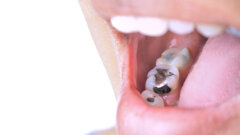


























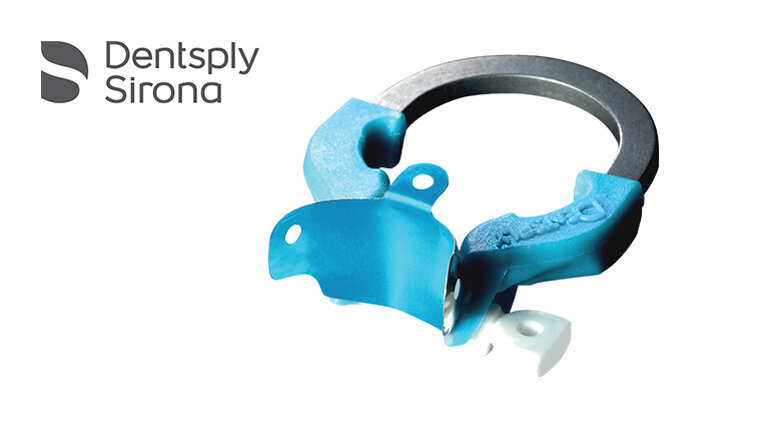

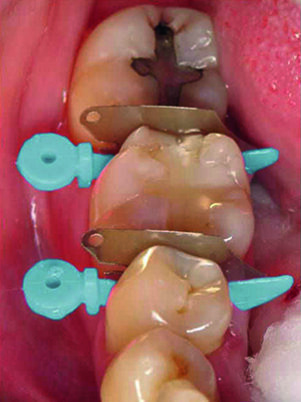
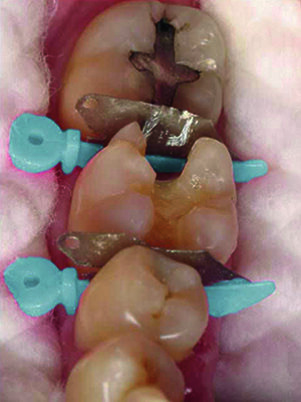
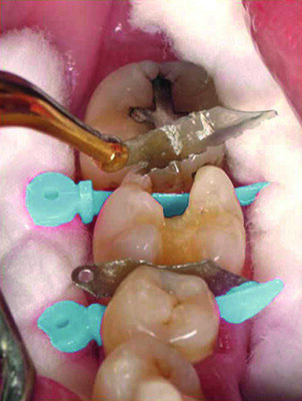
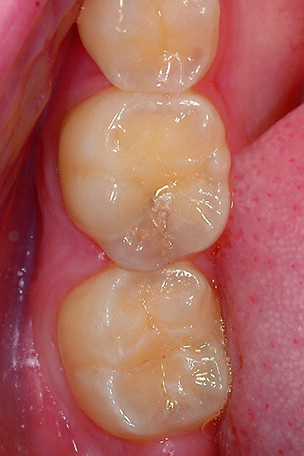
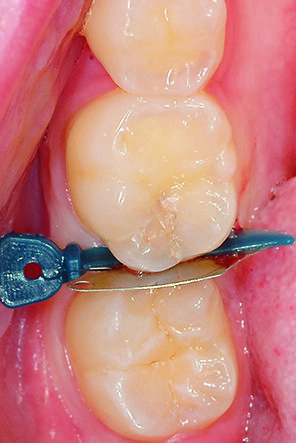
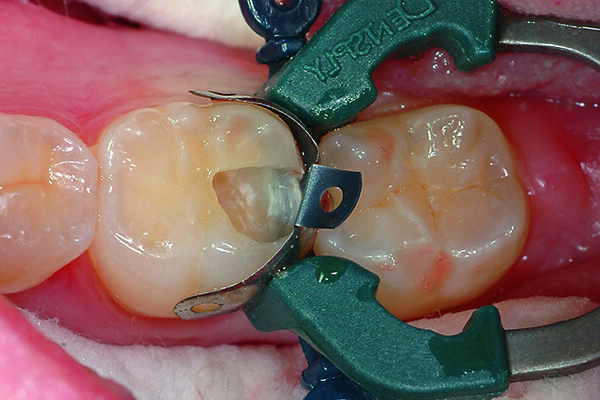
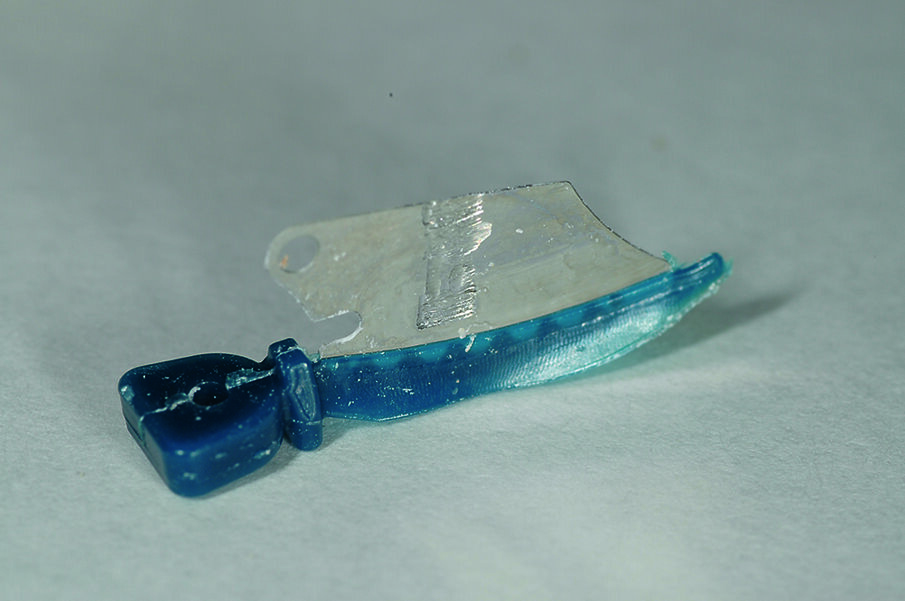
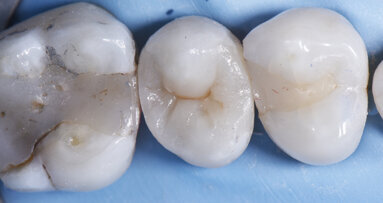
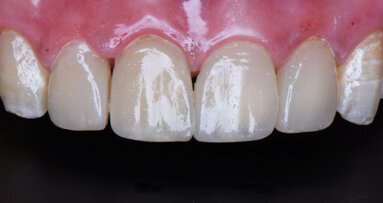
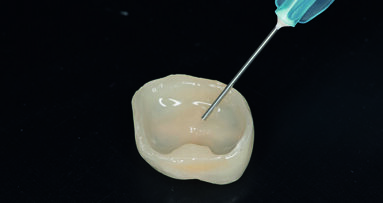
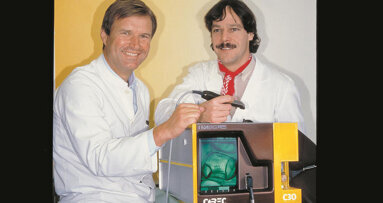
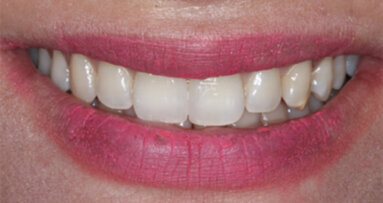
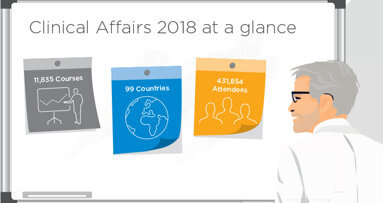
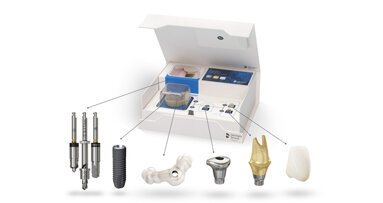
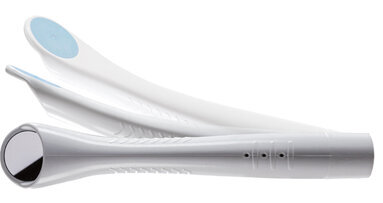
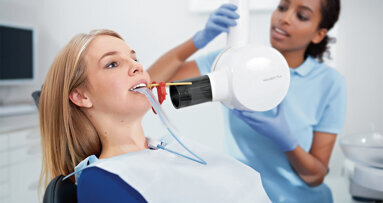
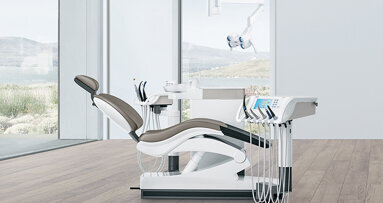






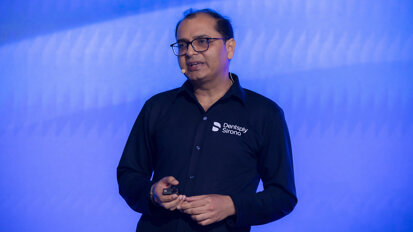
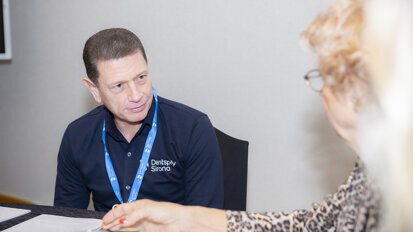
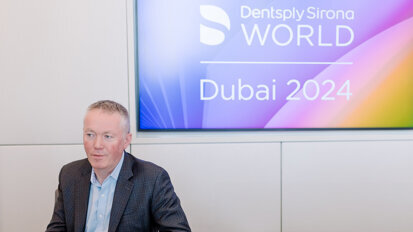







To post a reply please login or register